MichaelHenson
No longer a newbie, moving up!
- Joined
- Nov 15, 2013
- Messages
- 746
- Reaction score
- 176
- Location
- St. Louis, MO
- Can others edit my Photos
- Photos OK to edit
So, today I embarked on my first photoshoot of the journey...It didn't go well. I would eventually like to move into doing some real estate photography on a freelance basis to bring in some extra money from time to time.
I'm new to this type of shooting and have found a few people that are willing to allow me to practice on their stuff. Today's was an empty house that a coworker is putting up for rent (the house is completely vacant). Here's what I learned...Correct me if I'm wrong or add tips!
All in all, it was fairly fun and great practice! Any tips or insights other than the cliched stuff I've read in about thirty articles would be appreciated! (I'm going back to try again tomorrow.... )
)
I'm new to this type of shooting and have found a few people that are willing to allow me to practice on their stuff. Today's was an empty house that a coworker is putting up for rent (the house is completely vacant). Here's what I learned...Correct me if I'm wrong or add tips!
- Get low - The shots where I set up about waist height seemed to give a better representation of the space than I got when I took shots from closer to head height. (Have any of y'all found this to be the case?)
- Don't be afraid to shoot in portrait orientation...Tiny bathrooms will thank me.
- I'm not sure what "keeping your verticals vertical" actually means. I mean, which vertical do you pick? I had the gridlines on my live view screen and sometimes I would ensure that a random vertical was exactly in line with the grid but other vertical lines (corners, door frames, etc.) wouldn't seem to line up. Any insights here?
All in all, it was fairly fun and great practice! Any tips or insights other than the cliched stuff I've read in about thirty articles would be appreciated! (I'm going back to try again tomorrow....






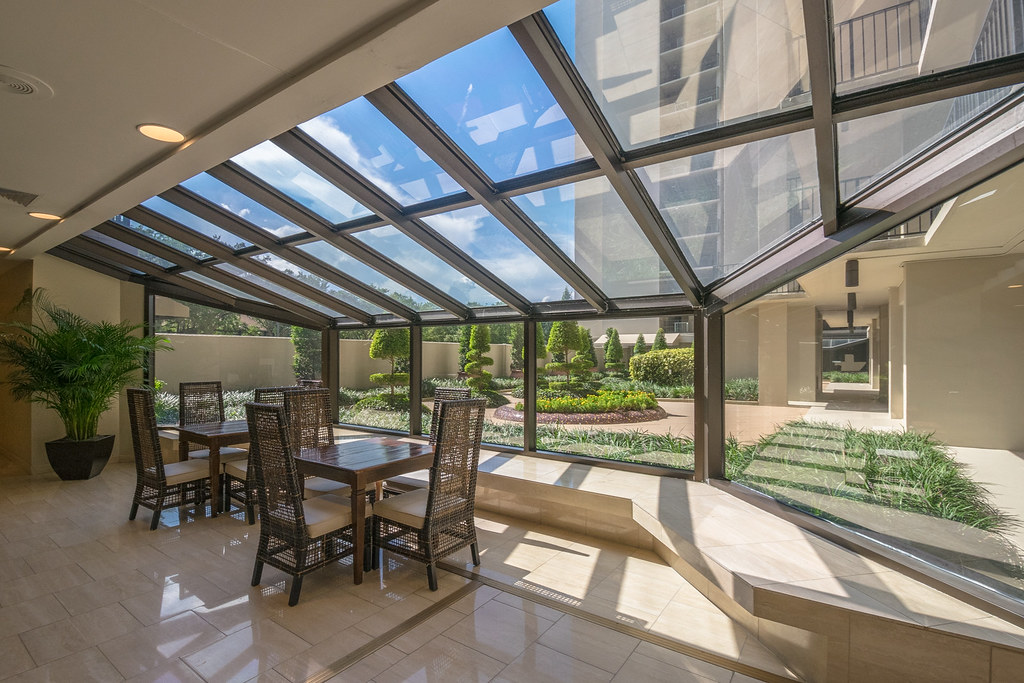


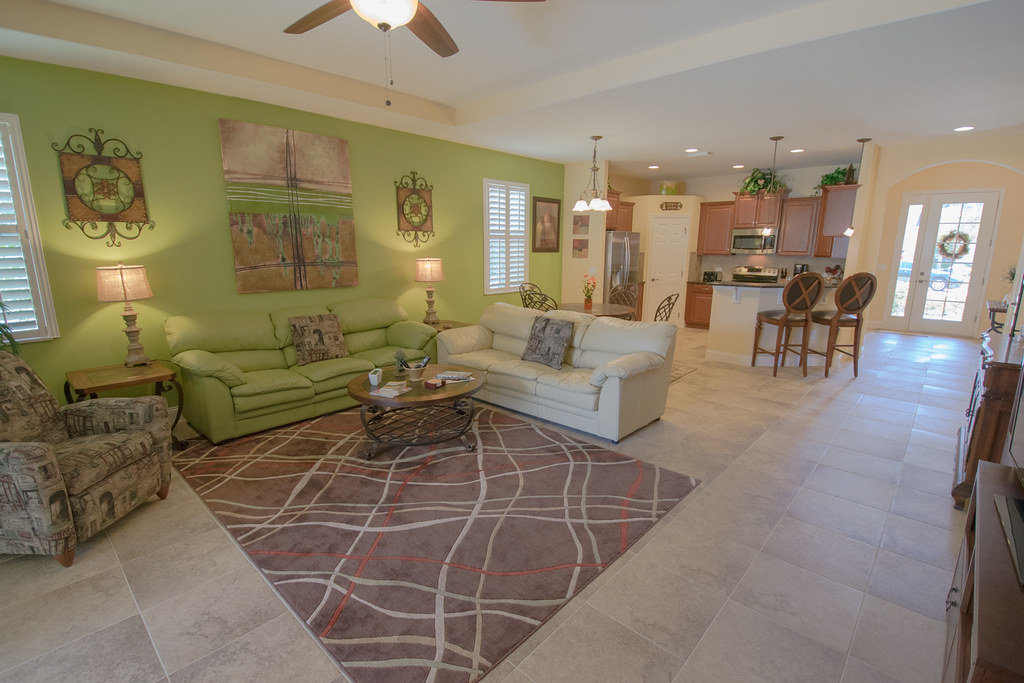
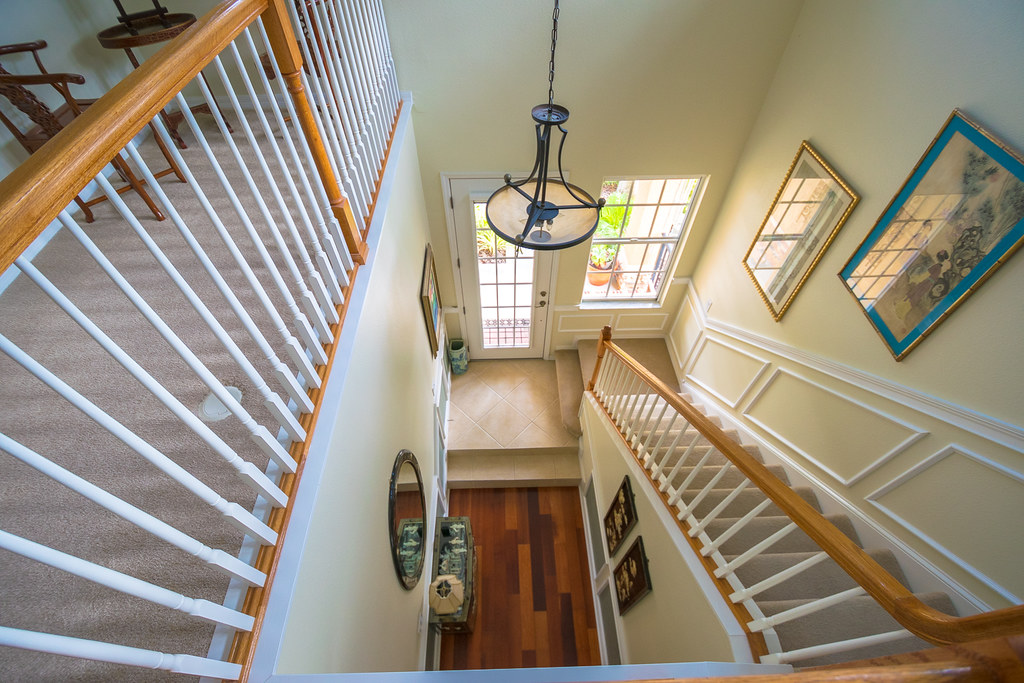
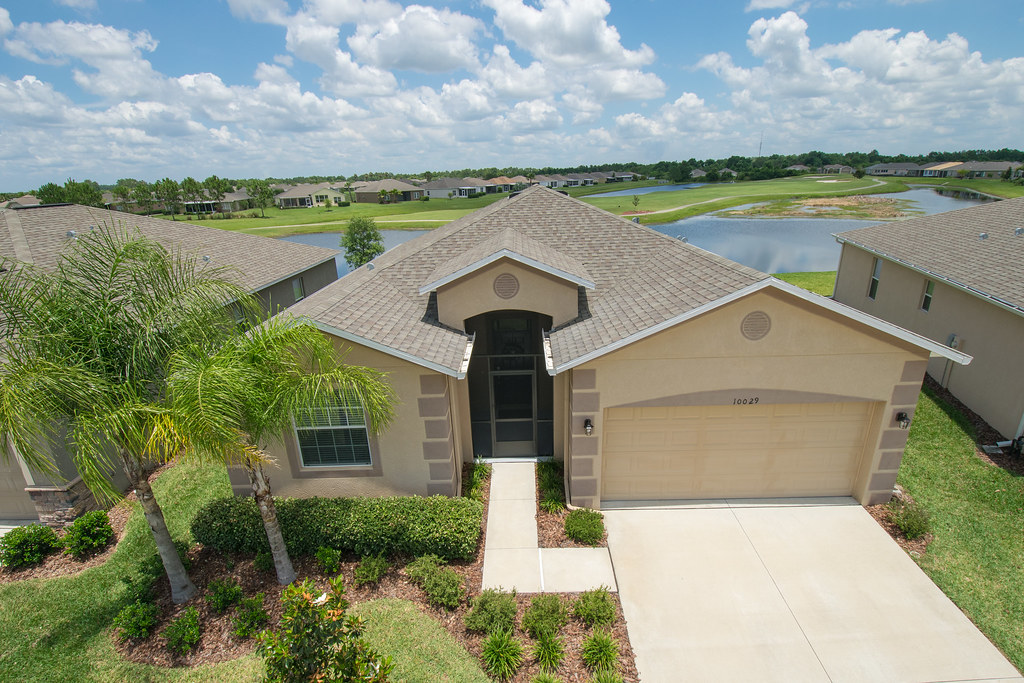



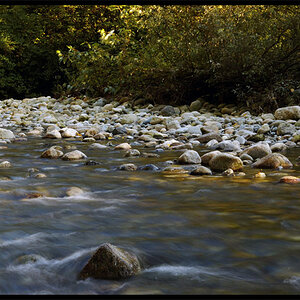

![[No title]](/data/xfmg/thumbnail/37/37519-6093821531f744039f3ac2b3e30c7dbf.jpg?1619738128)


![[No title]](/data/xfmg/thumbnail/33/33421-38d09827e584b8381c5e3a468cdf0159.jpg?1619735961)
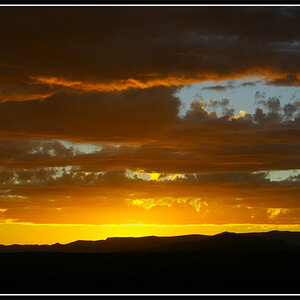
![[No title]](/data/xfmg/thumbnail/32/32930-09414fc020c2a60a456ff59a05c5ef8f.jpg?1619735759)